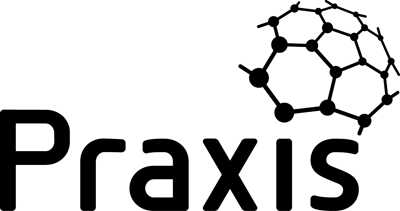Stakeholder management should:
- ensure that the views and attitudes of all stakeholders are understood;
- influence stakeholders to be supportive of the work wherever possible;
- maximise the impact of supportive stakeholders;
- minimise the impact of unsupportive stakeholders.
| Indicators | Level 2 attributes |
The underlying techniques of stakeholder management are not greatly affected by the setting of the work. At level 2, stakeholder management is deemed adequate if the key stakeholders are identified and communications are sufficient to keep them engaged. It is recognised that some less influential stakeholders may be missed and the focus will be on minimising the impact of unsupportive stakeholders rather than maximising support from supportive stakeholders. The management team provide the resource for engagement and may not always encourage supportive stakeholders to influence unsupportive stakeholders. At level 3, stakeholder management is comprehensive. The identification of stakeholders is thorough and covers both supportive and unsupportive stakeholders equally. Stakeholder information is regularly updated and appropriate people from outside the management team are utilised to engage with stakeholders. Communications are also through and all appropriate channels are used to maximum effect. |
Identify | Key stakeholders are identified and documents exist with adequate information to achieve specific objectives. | |
Assess | Stakeholders are assessed for interest and influence, and the results are documented. | |
Plan communications | Communications are planned and communication activities are adequately resourced. | |
Engage | Stakeholders are engaged according to the communications plan. | |
| ||
Indicators | Level 3 attributes | |
Identify | A range of techniques is utilised to ensure all stakeholders are identified. Stakeholder checklists are available derived from lessons learned. | |
Assess | Stakeholders are assessed using consistent techniques in accordance with the management plan. Standard documentation is adapted to suit the context. | |
Plan communications | Communications are planned according to organisational policies that have been adapted as necessary. Plans are reviewed throughout the life cycle. All appropriate channels of communication are utilised; supportive stakeholders with appropriate seniority are available and assigned to communication activities. | |
Engage | Stakeholders are engaged according to the communications plan. Effectiveness is monitored and results fed back into revised plans. | |






